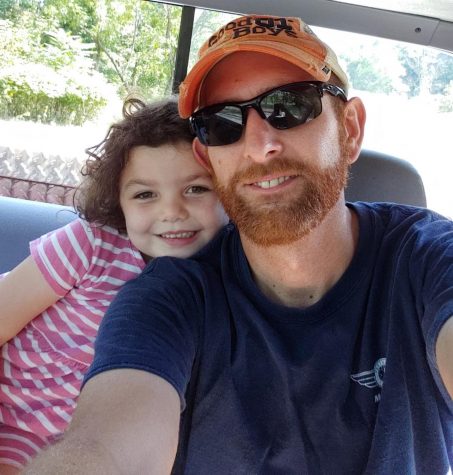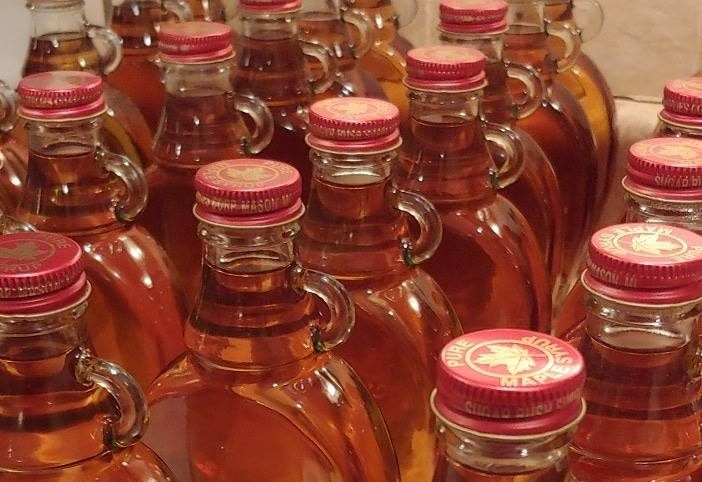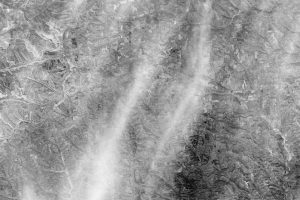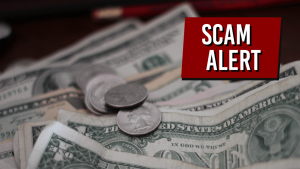Tapping into maple syrup
March 22, 2019

Late winter into early spring is one of our most favorite times of the year at Baker Farms because it is when we start harvesting the first crop of the year — maple sap. Maple season or “sugar season” can begin as early as January but typically it starts early to mid-February on our farm. That’s when the temperatures are just right to start tapping trees.
Maple syrup has been a tradition on many farms for centuries. Before that however, according to legend, Native Americans were the first to discover maple sap. They would harvest it by cutting “V-shaped” gashes in the side of maple trees and drip the sap into buckets. Then they would put hot stones in the buckets of sap to evaporate it. It was so important to some tribes that they called the first full moon of spring the Sugar Moon.
In the U.S., maple sap can be harvested across the northern Midwest, and into the New England states. Ohio is right in the middle of that maple region and is usually sixth in production among the states. There are approximately 14 different types of maples in Ohio and the most popular ones for tapping are sugar, black, red and water maples. As the name implies, sugar maples have the greatest concentration of sugar at 2 percent to 2.5 percent sugar concentration. That would be like adding 1.5 tablespoons to a quart of water; just enough to add a hint of sweetness. On average, it takes 50 gallons of sap to make 1 gallon of syrup and each tap will produce 10 gallons of sap per season.
The weather in later winter and early spring is ideal for maple season. At night the temperatures drop below freezing and during the day the temperatures are above freezing. This fluctuation of freezing/thawing creates a vacuum or a suction in the sap wood of the tree and brings sap up from the roots to supply the tree in preparation for spring growth. When a tree is tapped, a very small part of the sap that is traveling up and down the tree comes out of the tap hole and is available for harvest. Sap can be harvested until the trees start to bud out; at this point the sap becomes bitter.
On our farm, sugaring became a tradition starting in 2015. The year prior I attended a local maple syrup festival and afterward I couldn’t wait to start tapping trees. It seemed so wholesome and organic to take sap directly from a tree and convert it into something so delicious. I realized that we were fortunate enough to have many sugar maples on the farm and so we started that year with just a few taps and some food grade buckets from a local donut shop to use for collection. We built a homemade evaporator by making a fire box out of cement blocks and placing stainless steel trays on top of the firebox. We poured the sap in the trays, started a fire and made our first batch of maple syrup.
Since then we have built a small sugar shack and upgraded to a commercially made evaporator. We have 50 trees in production this year. We also upgraded our buckets and use a tap/bucket combination where the bucket hangs from the tap and the sap drips directly from the tap to the bucket. Sap is collected by hand and transported to the sugar shack to be evaporated down to just a couple gallons using the wood fired evaporator. From there we finish boiling the sap on a traditional stove. At the point that the sap reaches seven degrees above boiling, the sugar content is high enough that it can officially be called syrup. It then gets filtered and canned in a sterile fashion.
We use a very conservative approach to tapping trees. We keep the health of the maple trees a priority. The minimum size tree that gets tapped is 10 inches in diameter (approx. 30 inches circumference.) A tree this size is usually 30 years old. Even though it’s possible to tap trees that are a certain size more than once at a time, all the trees on our farm only get tapped once per season. Any tree that looks distressed does not get tapped. We use the smallest taps currently available (5/16 inch diameter). By using conservative principles in tapping, it is possible to maintain healthy, tappable trees for generations.
This year we are experimenting with making walnut syrup. The process is the same but sap from a walnut tree is harvested instead of a maple tree. In the future we would like to make other specialty syrups such as, hickory, sycamore, maple/hickory and maple/walnut syrups.











